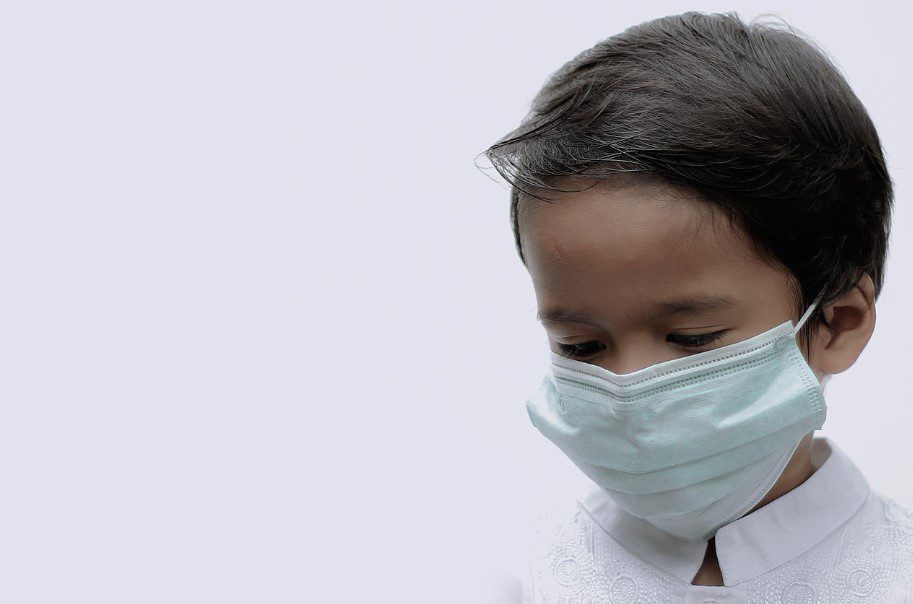Living with food allergies can present unique challenges, especially in social situations where meals are shared, and communal. For parents tagging along with their children, it is important to strike a balance between ensuring their safety and inclusivity.
The act of balancing safety and inclusivity requires a careful approach. Parents find themselves at the crossroads of wanting to shield their children from potential allergens while ensuring they feel seamlessly integrated socially.
This balance is not merely a matter of physical well-being but extends into the emotional and social factors. It acknowledges that a child’s sense of belonging is as crucial as their physical safety.
Understanding Food Allergies
Food allergies are immune system responses to particular proteins found in certain foods. When individuals with food allergies consume these specific proteins, their immune systems perceive them as harmful invaders.
This can prompt a defensive reaction that can manifest in a several symptoms, varying from mild to severe.
The immune system‘s role is to protect the body from harmful substances, but in the case of food allergies, it misidentifies harmless proteins as threats. This triggers the release of chemicals such as histamines. This can lead to an array of symptoms that can affect various organs and systems in the body.
Common allergens, or substances that induce allergic reactions, include
- peanuts
- tree nuts
- dairy products
- eggs
- gluten.
These allergens are prevalent in many everyday foods. It is essential for individuals with food allergies to be vigilant about their dietary choices. Even small traces of these allergens can provoke allergic reactions.
Symptoms of food allergies can range from mild, such as itching or a skin rash, to more severe reactions like difficulty breathing or anaphylaxis, a life-threatening condition. The severity of the reaction is variable and can differ from person to person.

1. You May Want to Communicate With the Hosts
When attending social gatherings, communication is key. Reach out to the hosts in advance, explaining your child’s food allergies and any specific dietary restrictions. A simple, clear message can make a significant world of difference in ensuring that the host is aware and accommodating.
2. Empower Your Child
Teach your child to communicate their allergies confidently. Equip them with a concise explanation of their dietary needs, empowering them to speak up when necessary. This creates a sense of independence and responsibility.
3. Pack Safe Snacks
To avoid any last-minute complications, always pack a selection of safe snacks for your child. This not only ensures they have options but also contributes to the overall safety and enjoyment of the event.
4. Create Allergy Cards
Consider creating small cards detailing your child’s allergies and dietary restrictions. Share these cards with hosts or anyone involved in preparing meals. It’s a handy and visual way to communicate crucial information without overwhelming verbal explanations.
5. Be Proactive
Upon arrival, take a proactive approach by briefly discussing your child’s allergies with the host or catering staff. This preemptive step can prevent accidental exposure and set the tone for a safe and enjoyable experience.
6. Choose Safe Seating
Opt for seating arrangements that minimize the risk of allergen exposure. Position your child away from potential allergens, and communicate this discreetly with the host to ensure a smooth seating plan.
7. Advocate for Allergen-Free Options
Encourage hosts and event planners to incorporate allergen-free options in their menus. This not only benefits your child but also contributes to a more inclusive environment for individuals with various dietary needs.
How to Handle Allergic Reactions

1. Emergency Preparedness
When eventually food allergies occur, it is crucial to be prepared for any unforeseen circumstances. Despite precautions, accidents can happen. The first line of defense is ensuring that both you and those in close proximity to your child are well-versed in recognizing the signs of an allergic reaction.
Familiarity with symptoms such as hives, swelling, difficulty breathing, or a drop in blood pressure is important. These signs may manifest rapidly, necessitating swift and decisive action. Immediate intervention is vital in mitigating the severity of the reaction and preventing it from escalating into a more critical condition.
Equally important is understanding the proper administration of any necessary medication, especially epinephrine. Ensure that those who spend significant time with your child, such as family members, friends, or caregivers, are not only aware of the potential risks but also trained in the correct usage of emergency medication. This preparedness can be a decisive factor in averting a crisis and providing timely relief.
2. Emergency Action Plan
Collaborating with your child’s healthcare provider is a proactive step in fortifying your defenses against allergic reactions. Together, develop a clear and concise emergency action plan that serves as a blueprint for responding to potential emergencies. This plan should encompass specific details tailored to your child’s unique situation.
Share this comprehensive action plan not only with immediate family members but also with caregivers, teachers, and any other individuals who play a significant role in your child’s life. Disseminating this information ensures a unified and coordinated response in the event of an emergency.
Key components of the emergency action plan may include:
- Contact Information: Provide a list of emergency contacts, including healthcare providers, family members, and close friends.
- Allergy Triggers: Clearly outline the specific allergens that trigger reactions in your child.
- Symptom Recognition: Detail the observable signs and symptoms indicative of an allergic reaction.
- Medication Instructions: Precisely articulate the administration process for any prescribed medications, including dosage and frequency.
- Emergency Services: Clearly define when and how to seek emergency medical services, emphasizing the importance of prompt action.
The Last Word
Successfully navigating social situations with a child who has food allergies requires a combination of proactive communication, preparation, and education. By implementing these strategies, you empower both yourself and your child to participate fully in social events while prioritizing their safety.





Leave a Reply